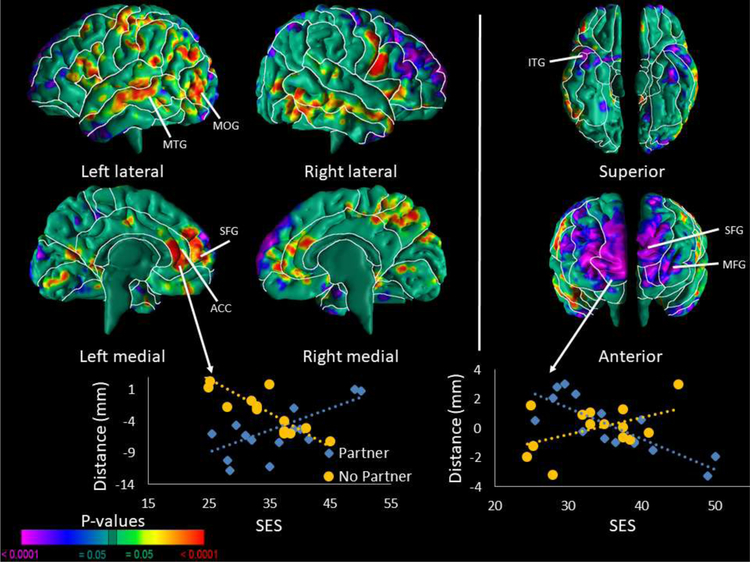Figure 3. Interaction of SES with Partner Status on Cerebral Surface Measures.
Correlations of surface measures with SES in infants with mothers who have a partner compared to those who do not have a partner. The p-values are adjusted for multiple comparisons with FDR. We found significant inverse correlations of local brain volumes in the neonates for the interaction of SES with partner status in the middle and superior frontal, temporal pole, and inferior temporal regions of both hemispheres, and the parieto-occipital region of the right hemisphere. The correlation suggests that neonates whose mother had lower SES and a partner compared to those whose mother did not have a partner had smaller local volumes in the regions note above. We also detected positive correlations of local volume in the middle temporal and occipital, inferior frontal, and medial superior frontal regions of both hemispheres, and anterior cingulate region of the left hemisphere. Since the right parieto-occipital and temporal pole, and left inferior frontal regions were significant in the main effect model with SES, partner status moderates SES in these brain regions.
The scatterplot for this interaction are shown for the ACC of the left hemisphere and the SFG of the right hemisphere. Surface distances (in mm from the corresponding point on the surface template brain) are plotted on the y-axis. Blue scatter points represent infants whose mother had a partner and yellow scatter points represent infants whose mother did not have a partner; surface distances are in mm from the corresponding point on the surface of the template brain. Abbreviations: ACC – Anterior Cingulate; ITG – Inferior Temporal Gyrus; MTG – Middle Temporal Gyrus; MOG – Middle Occipital Gyrus; SFG – Superior Frontal Gyrus; SOG – Superior Occipital Gyrus.

